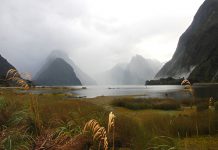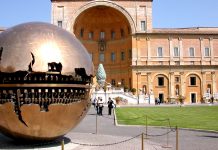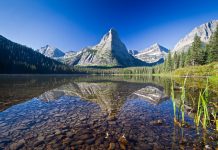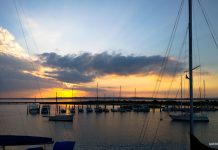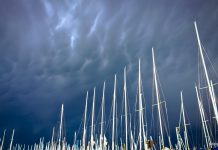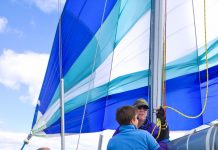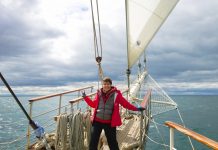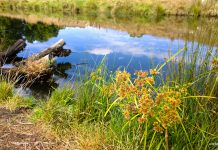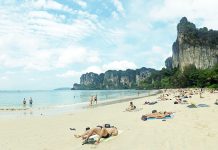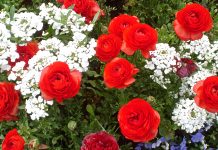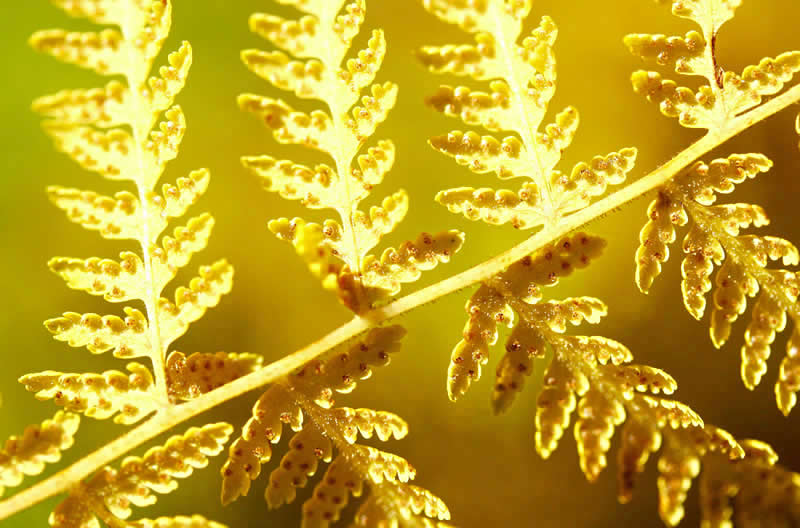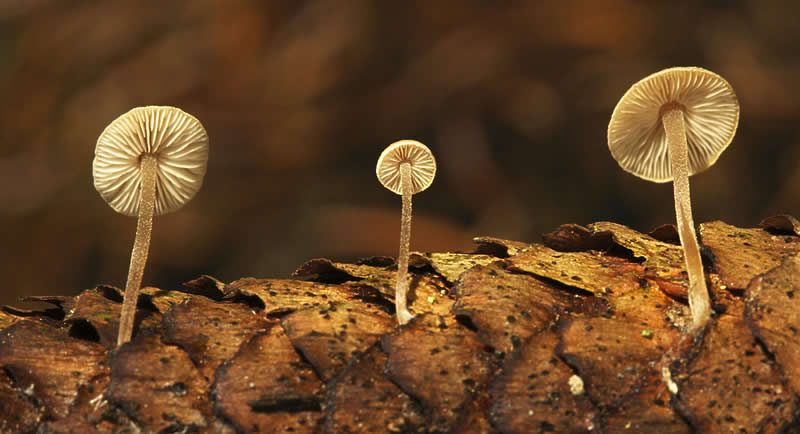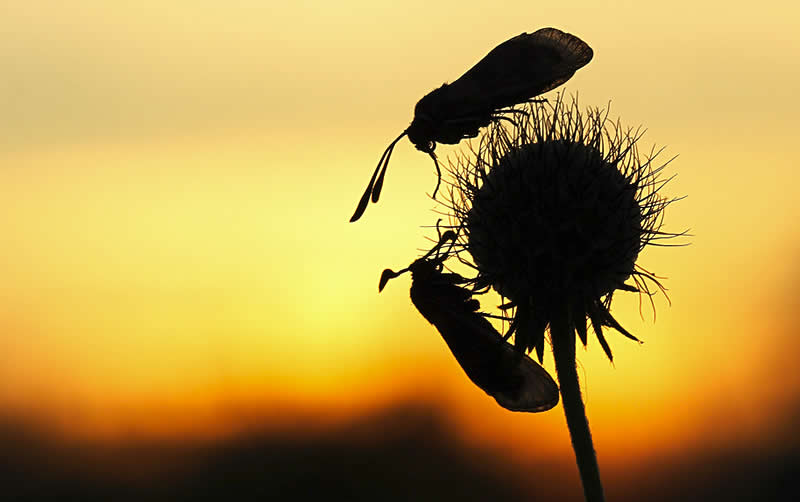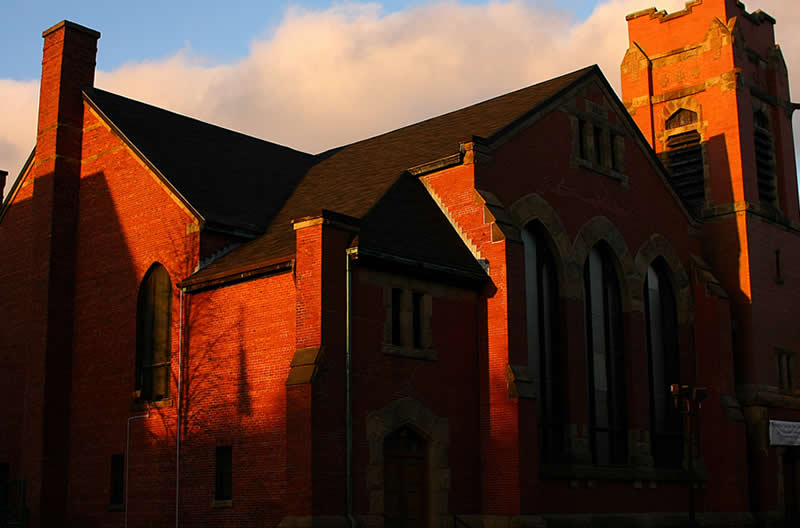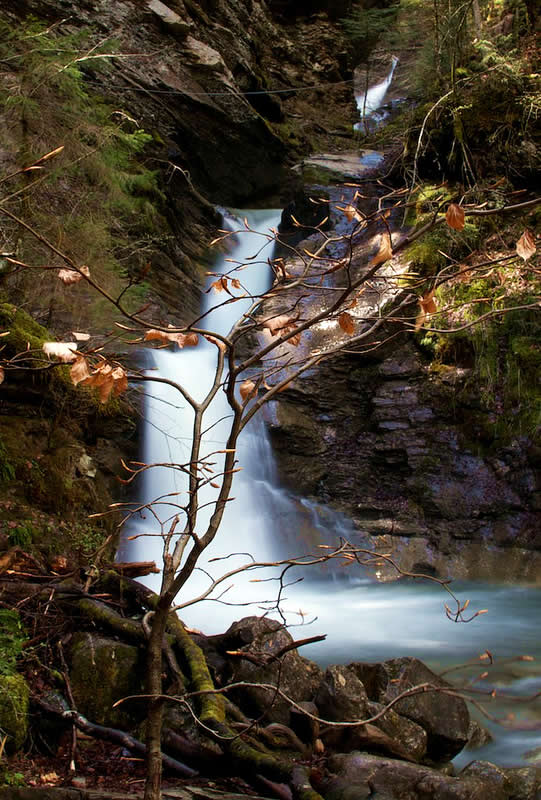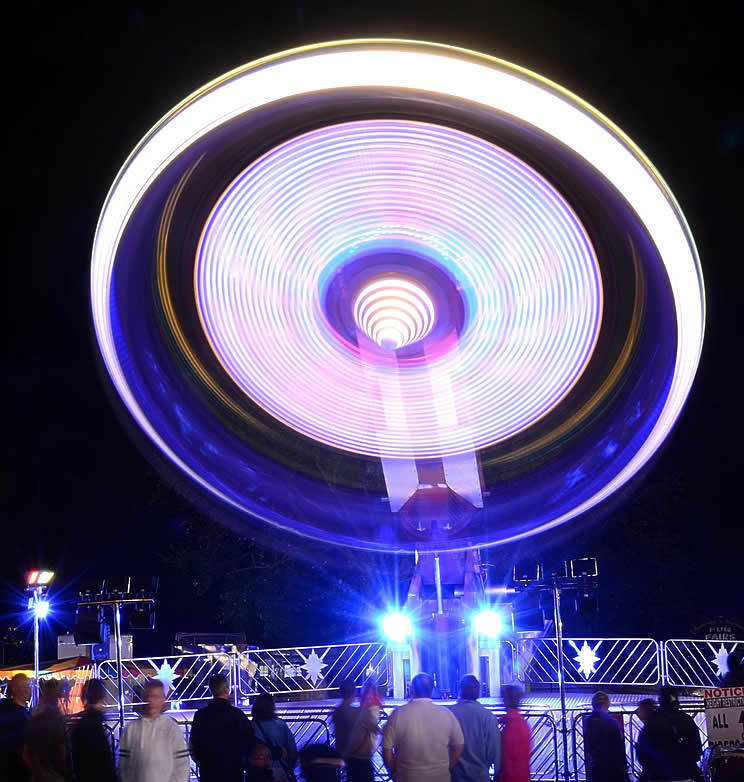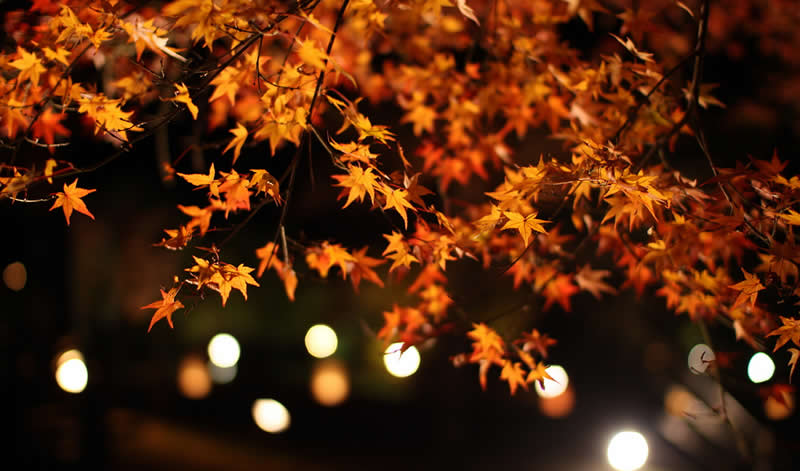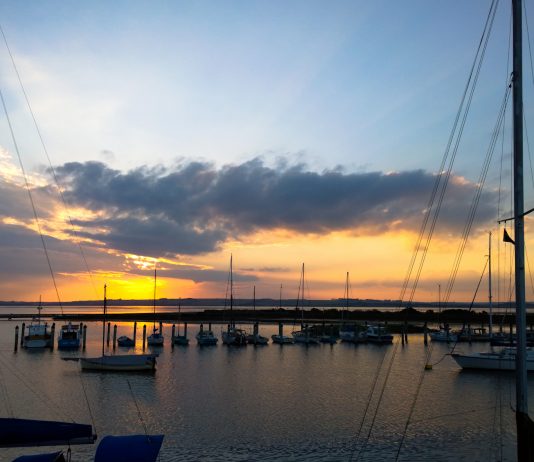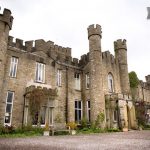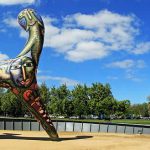The art of photography involves knowing about composition, colour, and focus, but perhaps the most important part of photography is having a full understanding of light and exposure.
Light and Dark
When taking a photograph of a person or place, many of us focus on the subject we are photographing whether that might be a person, a landscape, or a family pet. Perhaps we may also take into account the background. But many people never, ever think to consider the lighting, both natural and artificial.
When taking a photograph it is always important to ask yourself if your subject matter is being portrayed in the best light. Sometimes it’s as simple as making sure that your subject is facing into the light. Another classic photographic mistake is photographing into direct sunlight which will cause your subject to be backlit and can also cause sunspots or refraction.
Consider the amount of light and dark on your subject matter and consider that you could use a flash to fill in more light. More light means less shadows, less light means more shadows. Even if you are photographing outside during the day, you might consider using a flash if it eliminates unpleasant shadows or wrinkles on a person’s face.
Some photographers experiment with lighting to produce different effects of mood. By taking photographs in low lighting the subject matter may appear more dramatic or perhaps more ominous.
Exposure
Exposure refers to the length of time that film is exposed to light which determines the lightness or darkness of a photograph. In digital photography, you still have the same choice of setting up an exposure time, there’s just no traditional film.
By choosing to make a photograph with a longer exposure, the photographer can create some amazing visual effects. For example, by photographing a stream and using a longer exposure, the rocks, trees, and sky will all be in focus but the water appears to be a moving blur.
A short exposure may produce a photograph with astonishing details and a crisp focus.
Many photographers choose to bracket their exposures to see which setting works best. Bracketing means that you choose an exposure setting on your camera, take the picture, then go up one setting and down one setting and take the same photograph, This way you can truly evaluate which exposure works best.
A double exposure occurred in traditional photography when film was not advanced and two images were captured on the same piece of film. Many digital cameras now offer the same effect without the film.
So while you may be excited to photograph a rare bird, your new nephew, or your vacation to a tropical island, remember that the light and exposure that you use in your camera may be just as important as the subject matter.
Photo by: Liz West, Takashi Hososhima, Didier, Martin Cathrae, Joe Jukes, Tim Simpson

